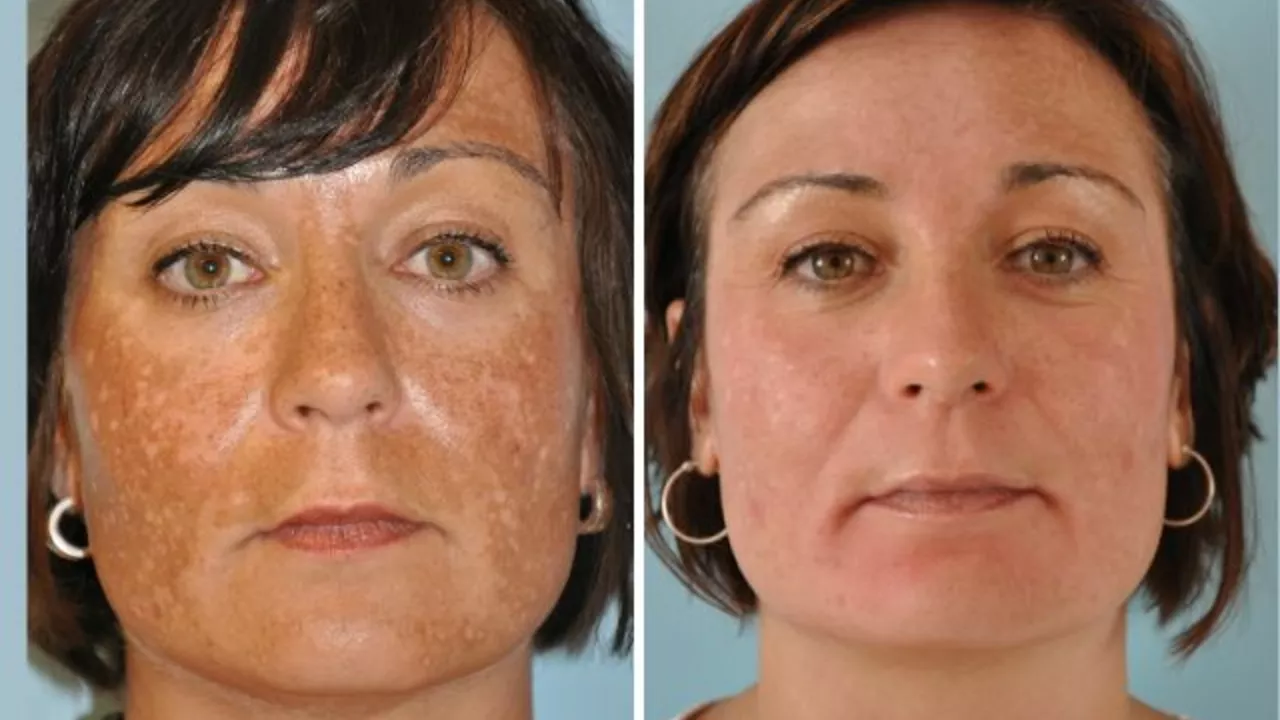Understanding Chloasma and Aging
At some point in our lives, we all start to notice changes in our skin as we age. One common issue that arises is chloasma, also known as melasma, which is a type of skin discoloration. It often appears as brown or gray-brown patches on the face, particularly on the cheeks, forehead, bridge of the nose, and above the upper lip. It's more common in women, especially during pregnancy, but it can affect men too. While it's not harmful, many people find it frustrating and seek ways to reduce its appearance. With the right knowledge and tools, you can manage chloasma and maintain a healthy, vibrant complexion as you age.
Factors Influencing Chloasma and Aging
Several factors can contribute to the development of chloasma. Hormonal changes, particularly those related to pregnancy or birth control, are a common trigger. Sun exposure is another major factor, as it can stimulate the production of melanin, the pigment that gives color to our skin, hair, and eyes. Aging also plays a role, as our skin becomes thinner and less resilient over time, making it more susceptible to discoloration. Other potential triggers include certain medications, stress, and thyroid disease. It's important to understand these factors so you can take steps to prevent or reduce chloasma.
Prevention Methods for Chloasma
While you can't stop the aging process, there are many things you can do to prevent or limit the appearance of chloasma. The most effective preventative measure is to protect your skin from the sun. This means wearing a broad-spectrum sunscreen with an SPF of at least 30 every day, even when it's cloudy. You should also wear a wide-brimmed hat and sunglasses, and seek shade whenever possible. Additionally, if you're pregnant or taking hormonal birth control, talk to your doctor about the potential for chloasma and what you can do to minimize your risk.
Treatment Options for Chloasma
If you already have chloasma, don't worry - there are several treatment options available. Over-the-counter products containing ingredients like hydroquinone, kojic acid, azelaic acid, and vitamin C can help to lighten dark spots. For more severe cases, you might consider professional treatments like chemical peels, microdermabrasion, and laser therapy. However, it's important to remember that these treatments can make your skin more sensitive to the sun, so you'll need to be extra diligent about sun protection. Also, keep in mind that results can take time, so be patient and consistent with your treatment plan.
Maintaining Healthy Skin as You Age
Along with targeting chloasma specifically, it's crucial to maintain a healthy skin care routine as you age. This means cleansing, moisturizing, and exfoliating regularly to keep your skin looking its best. You should also eat a balanced diet rich in fruits, vegetables, lean proteins, and healthy fats to nourish your skin from the inside out. Regular exercise can also boost circulation and promote healthy skin. Lastly, don't forget to stay hydrated, as dry skin can exacerbate discoloration. Remember, aging is a natural process that everyone goes through, so embrace it with grace and take care of your skin along the way.


Post A Comment